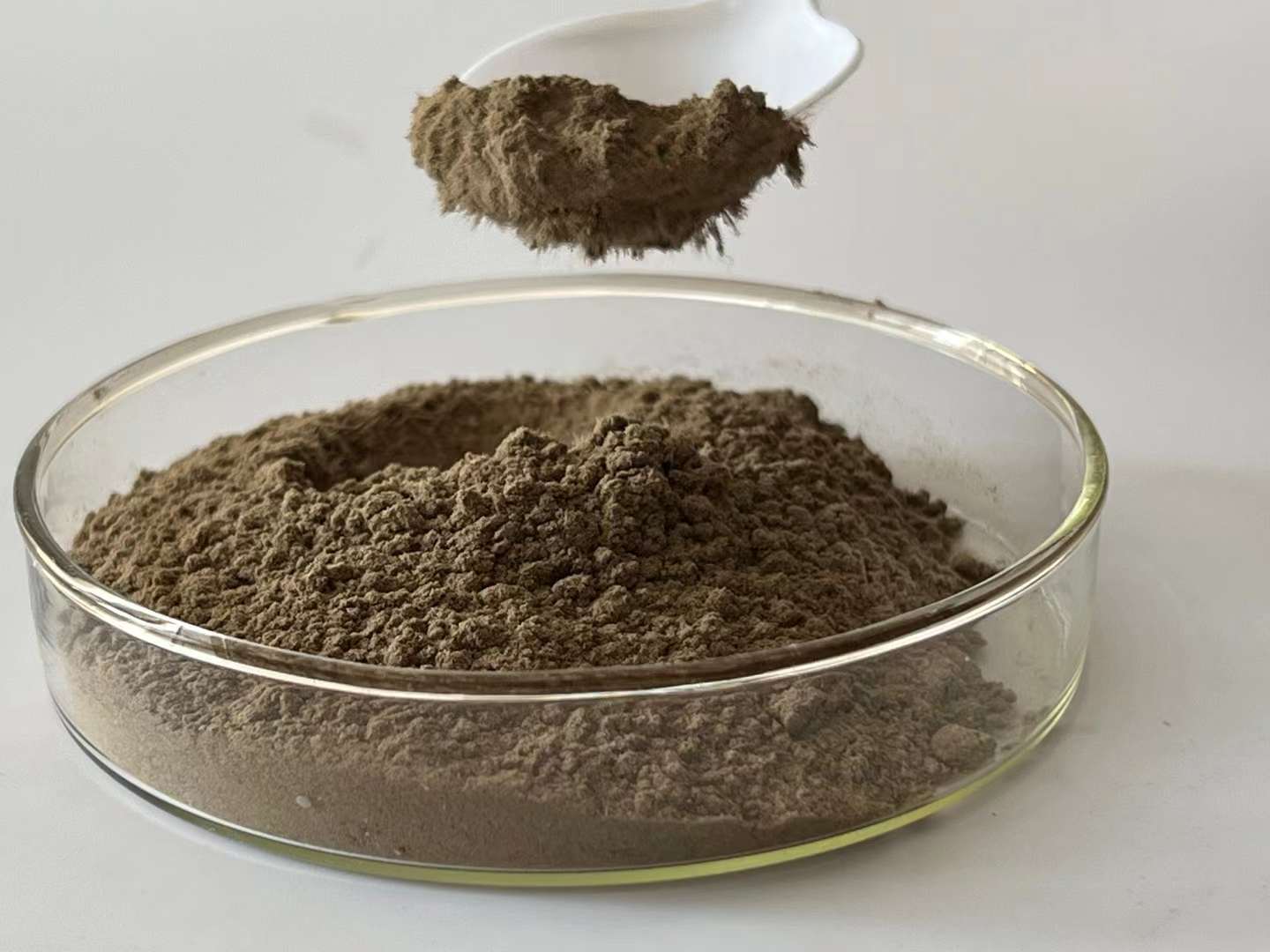Harvesting and Processing Spongilla lacustris for Cosmetic Applications

Spongilla lacustris, commonly known as the freshwater sponge, is gaining attention in the cosmetic industry due to its unique properties and natural exfoliating abilities. This article explores the methods of harvesting and processing Spongilla lacustris for cosmetic applications, highlighting its benefits and sustainability.
Harvesting Spongilla lacustris
1. Identifying Suitable Habitats: Spongilla lacustris thrives in clean, freshwater environments, such as lakes and ponds. Before harvesting, it’s essential to identify healthy ecosystems that can support sustainable sponge populations.
2. Sustainable Harvesting Techniques:
- Manual Collection: Harvesting is typically done by hand to minimize damage to the surrounding ecosystem. Collectors should use tools that gently detach sponges from their substrate without disrupting the habitat.
- Seasonal Considerations: The best time for harvesting is during the warmer months when the sponge is in a more active growth phase, ensuring that collection does not hinder its regeneration.
3. Regulatory Compliance: Harvesters must adhere to local regulations and guidelines to prevent overharvesting and protect aquatic ecosystems. Sustainable practices help maintain the balance of natural habitats.
Processing Spongilla lacustris
Once harvested, Spongilla lacustris undergoes several processing steps to prepare it for cosmetic applications.
- Cleaning: After collection, the sponges are thoroughly washed to remove debris, algae, and other impurities. This step is crucial to ensure the purity of the final product.
- Drying: The cleaned sponges are then dried, typically in a controlled environment, to prevent mold and preserve their structure. Drying can be done through air drying or using specialized dehydrators.
- Grinding: The dried sponges are ground into fine powder, which is the form most commonly used in cosmetic products. The particle size can be adjusted based on the desired application, such as exfoliation or formulation in creams and masks.
- Sterilization: To ensure product safety, the ground powder may undergo sterilization processes. This step is particularly important for products intended for direct skin contact.
- Quality Control: Throughout the processing stages, quality control measures are implemented to ensure the final product meets industry standards. This includes testing for microbial contamination and assessing the physical properties of the powder.
Cosmetic Applications
The processed Spongilla lacustris powder is widely used in various cosmetic applications:
- Exfoliants: Due to its natural abrasive properties, it serves as an effective exfoliant in facial scrubs and body washes, helping to remove dead skin cells and promote a smoother complexion.
- Facial Masks: The powder can be incorporated into facial masks, offering a gentle exfoliating effect while providing hydration and nourishment.
- Soaps and Cleansers: Spongilla lacustris can enhance the texture and effectiveness of soaps and cleansers, making them more appealing to consumers seeking natural ingredients.
Conclusion
Harvesting and processing Spongilla lacustris for cosmetic applications present a promising opportunity in the beauty industry. By implementing sustainable harvesting practices and careful processing techniques, manufacturers can ensure high-quality, eco-friendly products that appeal to a growing market of environmentally conscious consumers. As interest in natural ingredients continues to rise, Spongilla lacustris is poised to become a valuable asset in cosmetic formulations.
If you're involved in the cosmetics sector or simply seeking high-quality Sponge Spongilla Powder for personal use, look no further than FreshSponge Export. Place your order for Spongilla powder today and experience the remarkable difference that superior quality can make!


